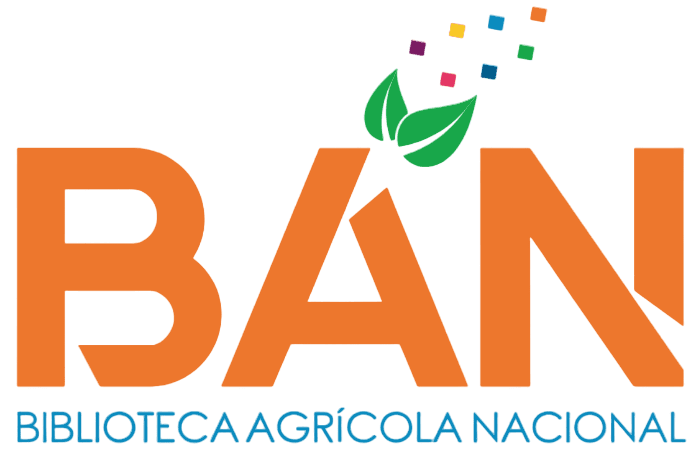Riesgo ambiental por Fullereno en Daphnia magna (Crustacea: Daphniidae) mediante un índice ecotoxicológico a nivel multigeneracional
Loading...
Código QR
Authors
Ramos Velásquez, Luis Marcelo
Contact Email
Abstract
Los estudios ecotoxicológicos son importantes en la Evaluación de Riesgos Ambientales (ERA) de muchos contaminantes en diversos medios como el acuático mediante una serie de parámetros a ser evaluados denominados biomarcadores. El Fullereno C60 pertenece a una serie de nanocompuestos cuyos riesgos se están evaluando y determinando en los últimos años, pero aun con mucha carencia de información a nivel crónico. El presente trabajo consistió en proponer un índice el cual se encarga de integrar una serie de parámetros que fueron evaluados en Daphnia magna, a nivel multigeneracional, desde F0 hasta tres camadas de la F2. Los resultados indicaron que, a nivel agudo, se obtuvo un CL50 de 101,67 mg/L, siendo una concentración alta con respecto a otros resultados bibliográficos, también con un incremento de 34,04% a 78,09% con respecto de los controles. A nivel crónico se obtuvieron incremento de la actividad enzimática Superóxido dismutasa (SOD), Catalasa (CAT), Capacidad Antioxidante y pesos, así como ligeros decrecimiento en las tallas y la tasa de reproducción en los tratamientos con CL10 de Fullereno C60 (40 mg/L) con respecto de los controles en la mayor parte de las generaciones y los tratamientos de generaciones en recuperación. Para el caso del índice IBR, se ha reportado como mínimo valor 1,55 en el control de F2-C1, y el máximo valor 3,24 en F2-C2 en tratamiento con Fullereno. Sin embargo, no se han reportado diferencias significativas entre tratamientos (p > 0,05). Se concluye que estos índices, si bien es cierto, pueden ser una herramienta importante para la ERA, se requiere investigaciones previas de los compuestos a evaluar, determinar mediante una serie de ensayos qué parámetros utilizar y se puede utilizar otros organismos indicadores para obtener valores más precisos.
Ecotoxicological studies are important in the Environmental Risk Assessment (ERA) of many contaminants in various environments such as aquatics through a series of parameters to be evaluated called biomarkers. Fullerene C60 belongs to a series of nanocomposites whose risks are being evaluated and determined in recent years, but there is still a great lack of information at a chronic level. The present work consisted of proposing an index which is responsible for integrating a series of parameters that were evaluated in Daphnia magna, at a multigenerational level, from F0 to F2 three litters. The results indicated that, at the acute level, an LC50 of 101,67 mg/L was obtained, being a high concentration with respect to other bibliographic results, also with an increase from 34,04% to 78,09% with respect to the controls. At the chronic level, an increase in the enzymatic activity Superoxide dismutase (SOD), Catalase (CAT), Antioxidant Capacity and weights was obtained, as well as a slight decrease in the sizes and the reproduction rate in the treatments with LC10 of Fullerene C60 (40 mg/ L) with respect to the controls in most of the generations and the recovery treatments. In the case of the IBR index, a minimum value of 1,55 has been reported in the control of F2-C1, and the maximum value of 3,24 in F2-C2 in treatment with Fullerene. However, no significant differences between treatments have been reported (p > 0,05). It is concluded that these indices, although it is true, can be an important tool for the ERA, previous investigations of the compounds to be evaluated are required, determining through a series of tests which parameters to use and other indicator organisms can be used to obtain precise values.
Ecotoxicological studies are important in the Environmental Risk Assessment (ERA) of many contaminants in various environments such as aquatics through a series of parameters to be evaluated called biomarkers. Fullerene C60 belongs to a series of nanocomposites whose risks are being evaluated and determined in recent years, but there is still a great lack of information at a chronic level. The present work consisted of proposing an index which is responsible for integrating a series of parameters that were evaluated in Daphnia magna, at a multigenerational level, from F0 to F2 three litters. The results indicated that, at the acute level, an LC50 of 101,67 mg/L was obtained, being a high concentration with respect to other bibliographic results, also with an increase from 34,04% to 78,09% with respect to the controls. At the chronic level, an increase in the enzymatic activity Superoxide dismutase (SOD), Catalase (CAT), Antioxidant Capacity and weights was obtained, as well as a slight decrease in the sizes and the reproduction rate in the treatments with LC10 of Fullerene C60 (40 mg/ L) with respect to the controls in most of the generations and the recovery treatments. In the case of the IBR index, a minimum value of 1,55 has been reported in the control of F2-C1, and the maximum value of 3,24 in F2-C2 in treatment with Fullerene. However, no significant differences between treatments have been reported (p > 0,05). It is concluded that these indices, although it is true, can be an important tool for the ERA, previous investigations of the compounds to be evaluated are required, determining through a series of tests which parameters to use and other indicator organisms can be used to obtain precise values.
Description
Universidad Nacional Agraria La Molina. Escuela de Posgrado. Maestría en
Ciencias Ambientales
Keywords
Evaluación de riesgo ambiental
Citation
Date
2025
Collections
Seleccionar año de consulta:
Licencia de uso

Excepto si se señala otra cosa, la licencia del ítem se describe como info:eu-repo/semantics/openAccess

